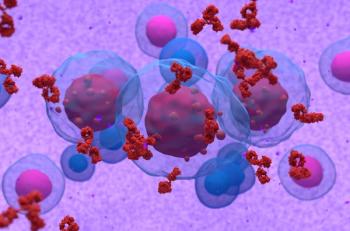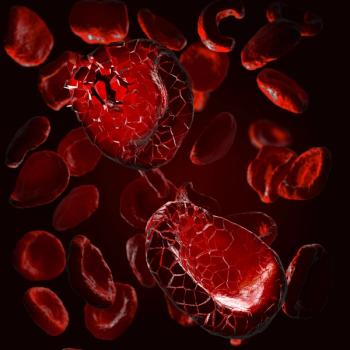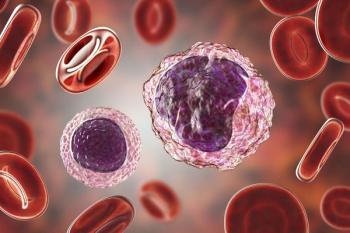
Oncology NEWS International
- Oncology NEWS International Vol 11 No 12
- Volume 11
- Issue 12
Cancer Risk From Tainted Polio Vaccine Undetermined: IOM Report
WASHINGTON-There is insufficient evidence to prove or disprove whether polio vaccine doses contaminated with simian virus-40 (SV40) between 1955 and 1963 can trigger certain cancers in humans, according to a report by the Institute of Medicine (IOM), a part of the National Academy of Sciences. Although most population studies have not found an increase in the cancers among people inoculated with the vaccine between 1955 and 1963, a possible link cannot be completely ruled out because of substantial statistical and design limitations in the 13 studies, an IOM committee concluded.
WASHINGTONThere is insufficient evidence to prove or disprove whether polio vaccine doses contaminated with simian virus-40 (SV40) between 1955 and 1963 can trigger certain cancers in humans, according to a report by the Institute of Medicine (IOM), a part of the National Academy of Sciences. Although most population studies have not found an increase in the cancers among people inoculated with the vaccine between 1955 and 1963, a possible link cannot be completely ruled out because of substantial statistical and design limitations in the 13 studies, an IOM committee concluded.
The committee recommended the development of sensitive blood tests and standardized techniques to more definitively detect SV40 in infected individuals. These techniques should then be used to determine the incidence of SV40 infection prior to 1955 and after 1963. This information would reveal how much of the SV40 infection in humans can be attributed to the contaminated vaccine.
Articles in this issue
about 23 years ago
Stereotactic Radiosurgery Benefits Brain Met Patientsabout 23 years ago
Tailored Messages Motivate Women to Get Mammogramsabout 23 years ago
Chemo/Rituximab Is Effective as First-Line CLL Therapyabout 23 years ago
Preoperative Capecitabine/RT Downstages Rectal Cancerabout 23 years ago
Intraoperative Lymphatic Mapping Enhances Cancer Stagingabout 23 years ago
Rituximab Ups Survival in Aggressive and Indolent NHLabout 23 years ago
Genzyme Molecular Oncology Begins Kidney Cancer Vaccine Trialabout 23 years ago
Lower Breast Cancer Survival in Hispanics: New Mexico Studyabout 23 years ago
Concurrent Chemo/RT More Likely to Save LarynxNewsletter
Stay up to date on recent advances in the multidisciplinary approach to cancer.


















































































